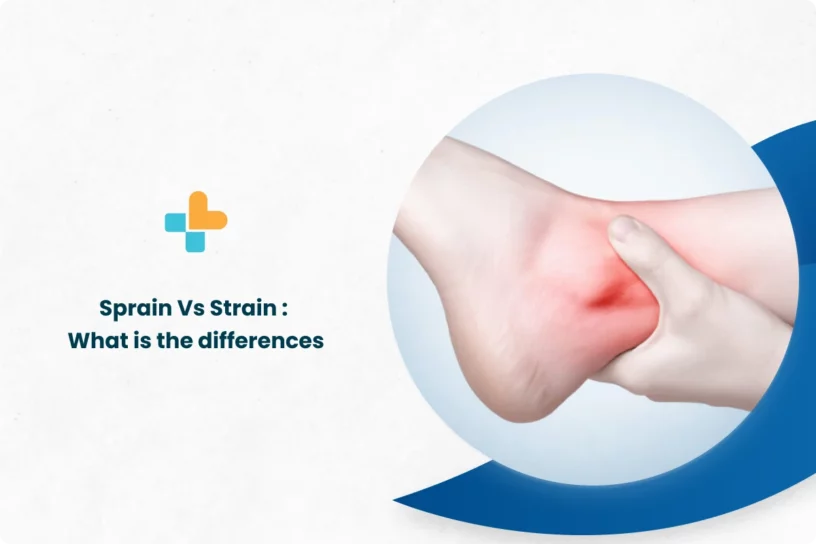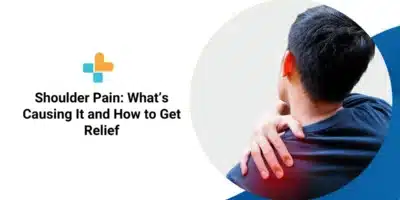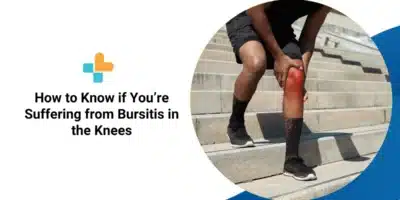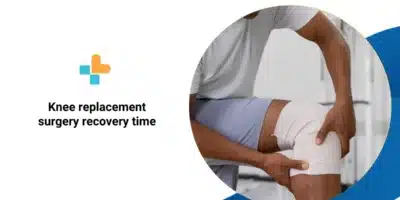Introduction
Sprains and strains are common injuries that can occur to muscles, tendons, and ligaments. Both sprains and strains can cause pain, swelling, and difficulty moving the affected area, but they have different causes, risk factors, and treatments. Understanding the differences between sprains and strains can help you better understand your injury and get the appropriate treatment.
What is Sprain and Strain
A sprain is an injury to a ligament, which is the tissue that connects bones to one another. A strain is an injury to a muscle or tendon, which is the tissue that connects muscle to bone.
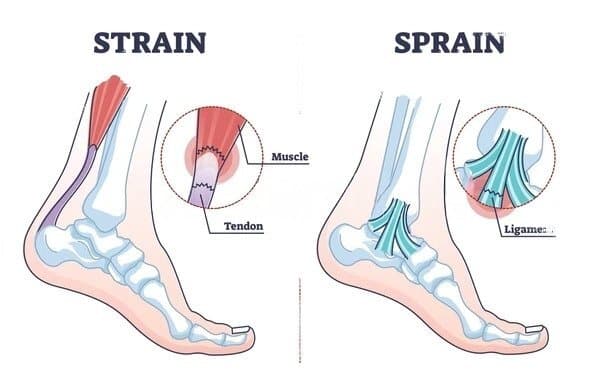
Symptoms of Sprain & Strain
Both sprains and strains can cause pain, swelling, and difficulty moving the affected area. However, symptoms of a sprain may also include bruising and tenderness around the joint, while symptoms of a strain may include muscle spasms or cramps.
Common Causes
Sprains are commonly caused by a fall, twist, or blow that forces a joint out of its normal position. Strains are commonly caused by overuse, overstretching, or repetitive motions.
Main differences between Sprain and Strain
| Sprain | Strain |
| Ligament injury | Muscle or tendon injury |
| Bruising & Tenderness around the joint | Muscle spasms or cramps |
| Commonly caused by a fall, twist, or blow | Commonly caused by overuse, overstretching, or repetitive motions |
Risk factors
Risk factors for sprains include weak or tight muscles, previous joint injuries, or participating in certain sports or activities that put extra stress on joints. Risk factors for strains include overuse of a muscle or muscle group, weak or tight muscles, and poor conditioning.
Diagnosis
To diagnose a sprain or strain, a healthcare professional will typically perform a physical examination and ask about your symptoms and how the injury occurred. They may also order imaging tests, such as an X-ray or MRI, to confirm the diagnosis and rule out other potential injuries.
Treatment
Treatment for sprains and strains typically includes rest, ice, compression, and elevation (the R.I.C.E method) to reduce pain and swelling. Over-the-counter pain medications, such as ibuprofen or acetaminophen, may also be used to manage pain. In more severe cases, physical therapy or other rehabilitation exercises may be necessary to help regain strength and range of motion.
Conclusion
Sprains and strains are common injuries that can occur to muscles, tendons, and ligaments. Both sprains and strains can cause pain, swelling, and difficulty moving the affected area, but they have different causes, risk factors, and treatments. Understanding the differences between sprains and strains can help you better understand your injury and get the appropriate treatment. It is important to consult a healthcare professional for proper diagnosis and treatment.
FAQs:
“How do you know if you sprain?”
Some common signs and symptoms of a sprain include:
- Pain and tenderness around the joint
- Swelling and inflammation
- Bruising or discoloration
- Limited range of motion or difficulty moving the affected joint
- A popping or snapping sensation at the time of injury
- Inability to bear weight on the affected limb
If you suspect you have a sprain, it is important to seek medical attention for proper diagnosis and treatment.
“Do strains heal faster than sprains?”
The healing time for strains and sprains can vary depending on the severity of the injury, the location of the injury, and the person’s overall health. Mild strains may heal in a few days to a week, while more severe strains may take several weeks to heal. On the other hand, sprains may take a bit longer to heal. Severe sprains may take up to several months to heal and may require physical therapy for full recovery.
“What are the 4 signs of a sprain?”
The four common signs of a sprain are:
- Pain and tenderness around the joint
- Swelling and inflammation
- Bruising or discoloration
Limited range of motion or difficulty moving the affected joint
- It is important to note that these signs may vary depending on the severity of the sprain. It’s always recommended to see a medical professional for proper diagnosis and treatment
Ayu Health has the best dermatology facilities with proper patient care. Call 636-610-0800 to book an appointment or to know more.
Our Hospital Locations
Orthopaedics Surgery Hospitals in Chandigarh | Orthopaedics Surgery Hospitals in Bangalore | Orthopaedics Surgery Hospitals in Jaipur | Orthopaedics Surgery Hospitals in NCR | Orthopaedics Surgery Hospitals in Hyderabad
Our Doctors
Orthopaedics Surgery Doctors in Chandigarh | Orthopaedics Surgery Doctors in Bangalore | Orthopaedics Surgery Doctors in Jaipur | Orthopaedics Surgery Doctors in NCR | Orthopaedics Surgery Doctors in Hyderabad
About the Author

Dr. S. Goel
Dr. S. Goel is a renowned Internal Medicine Specialist currently practicing at Ayu Health, Bangalore. He is a Specialist in Internal Medicine, Diabetes HTN, Paediatric Care, and Family Medicine.

